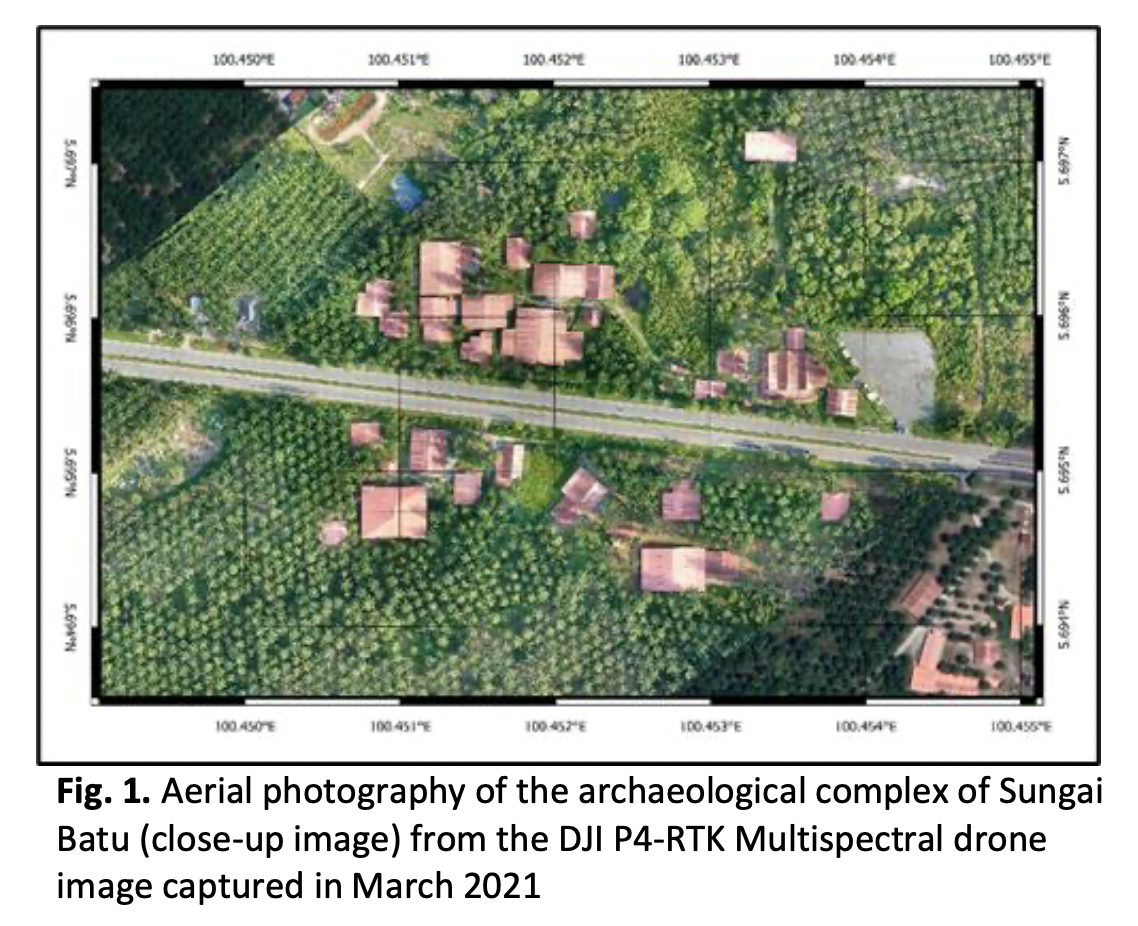The Novel Method in Validating the Spectral Wavelength Optimization to Determine Archaeological Proxies by the Integration of Aerial and Ground Platforms
DOI:
https://doi.org/10.37934/aram.108.1.115Keywords:
CEE method , optimal spectral, vegetation indices, spectral analysis remote sensing, geophysicalAbstract
This research proposed a novel method for evaluating the ideal spectral wavelength by integrating the aerial remote sensing image and geophysical techniques to improve the detection of buried archaeological proxies via the spectral wavelength. Eight different wavelength ranges were compared to eight distinct spectral indices to conduct a more thorough vegetation analysis. The spectral information from eight various Vegetation Indices and two types of resistivity data was then analyzed using a Linear Regression model. Then, the novel "Constant Experimental Evaluation" method (CEE) was developed to improve the preliminary result. Subsequently, the results outlined newly optimal spectral wavelengths by enhancing correlation coefficient R2 values, before (R2=0.595) to (R2=0.86) after CEE application, with the spectral wavelengths values of (NIRnew=0.783µm) and (Rednew=0.627µm) along with the 50% of image enhancement. It suggests that the technique may be significant to any archaeological site that presents spectrally differently from its immediate environment.
Downloads


























